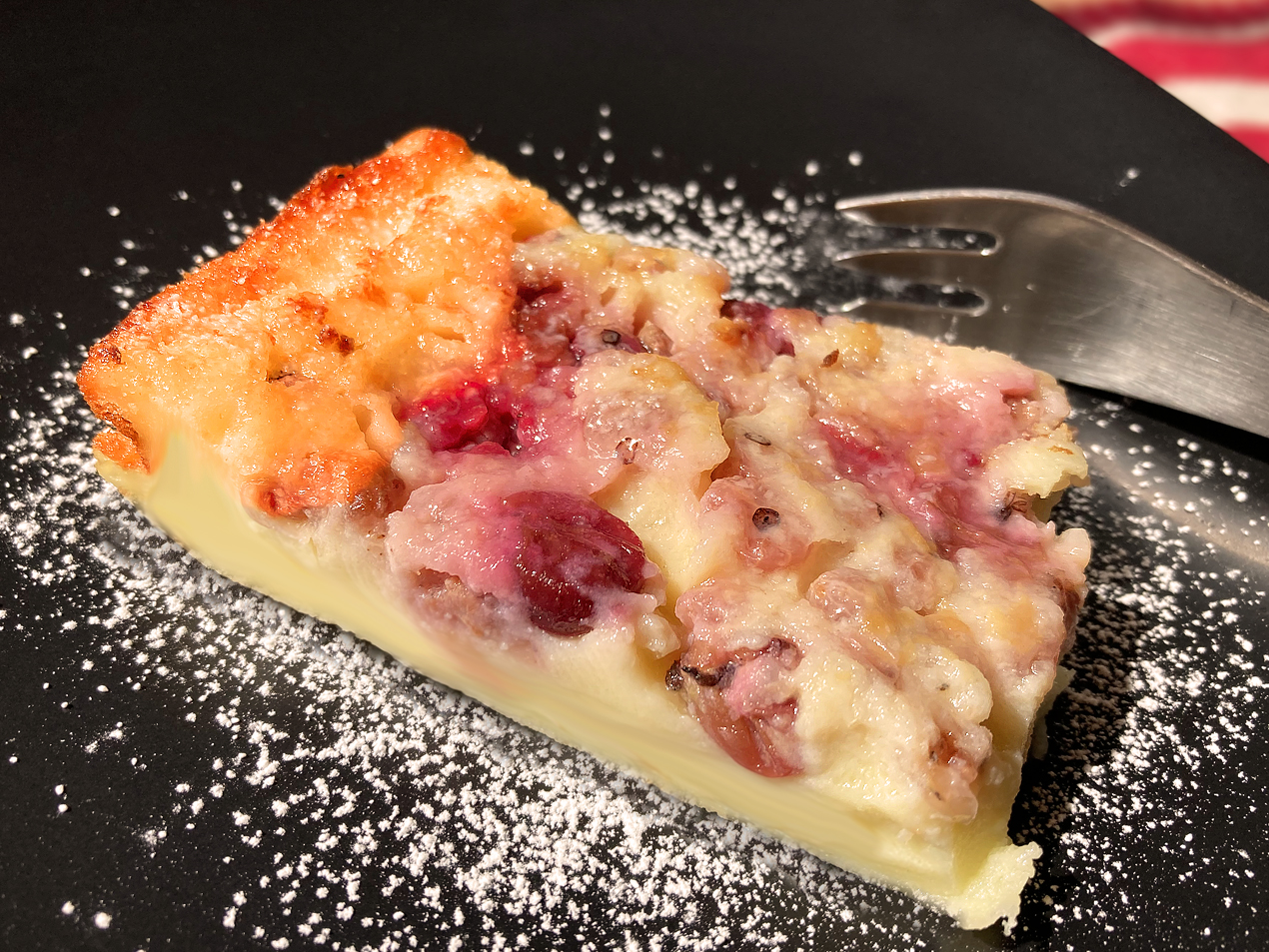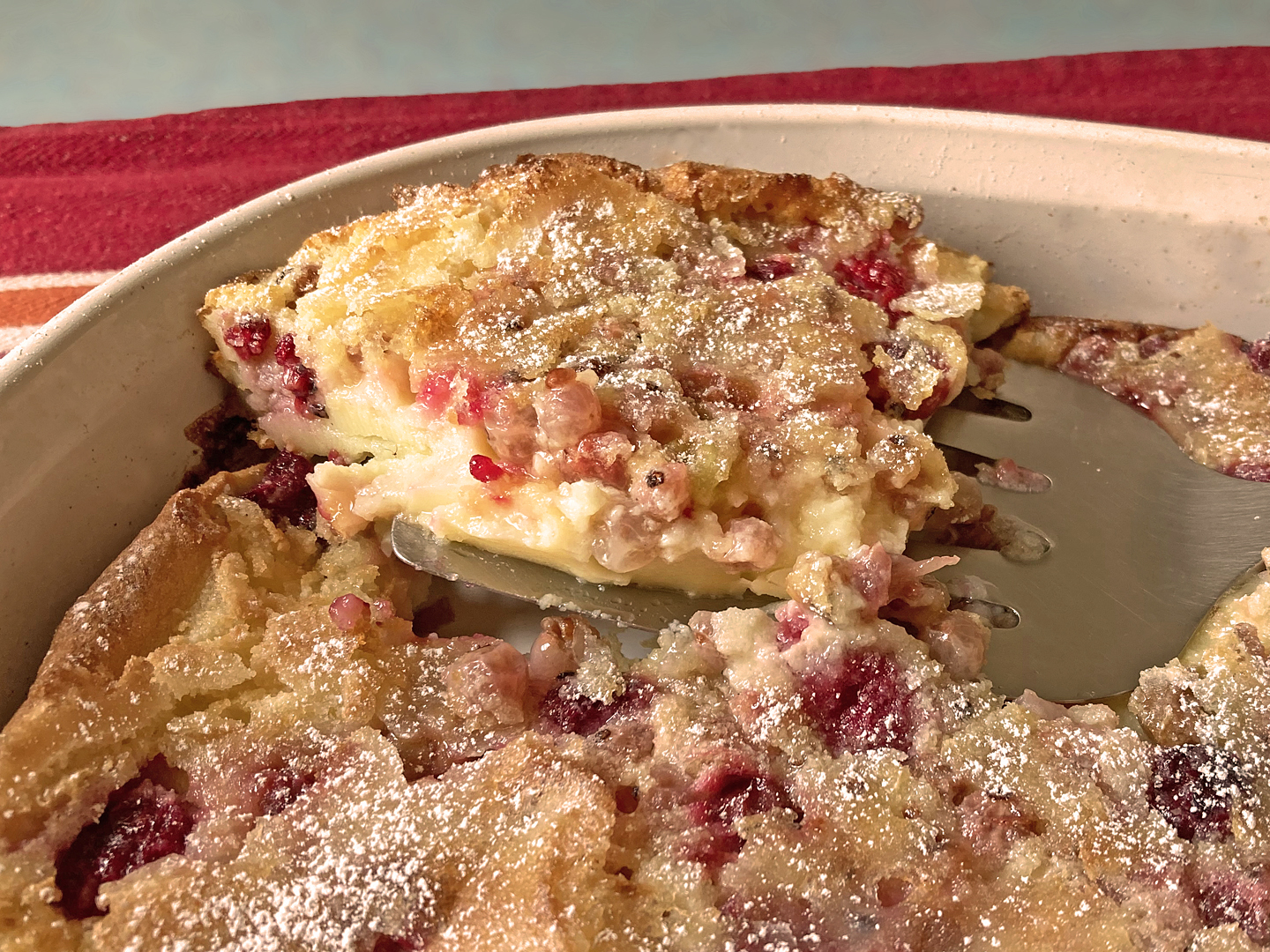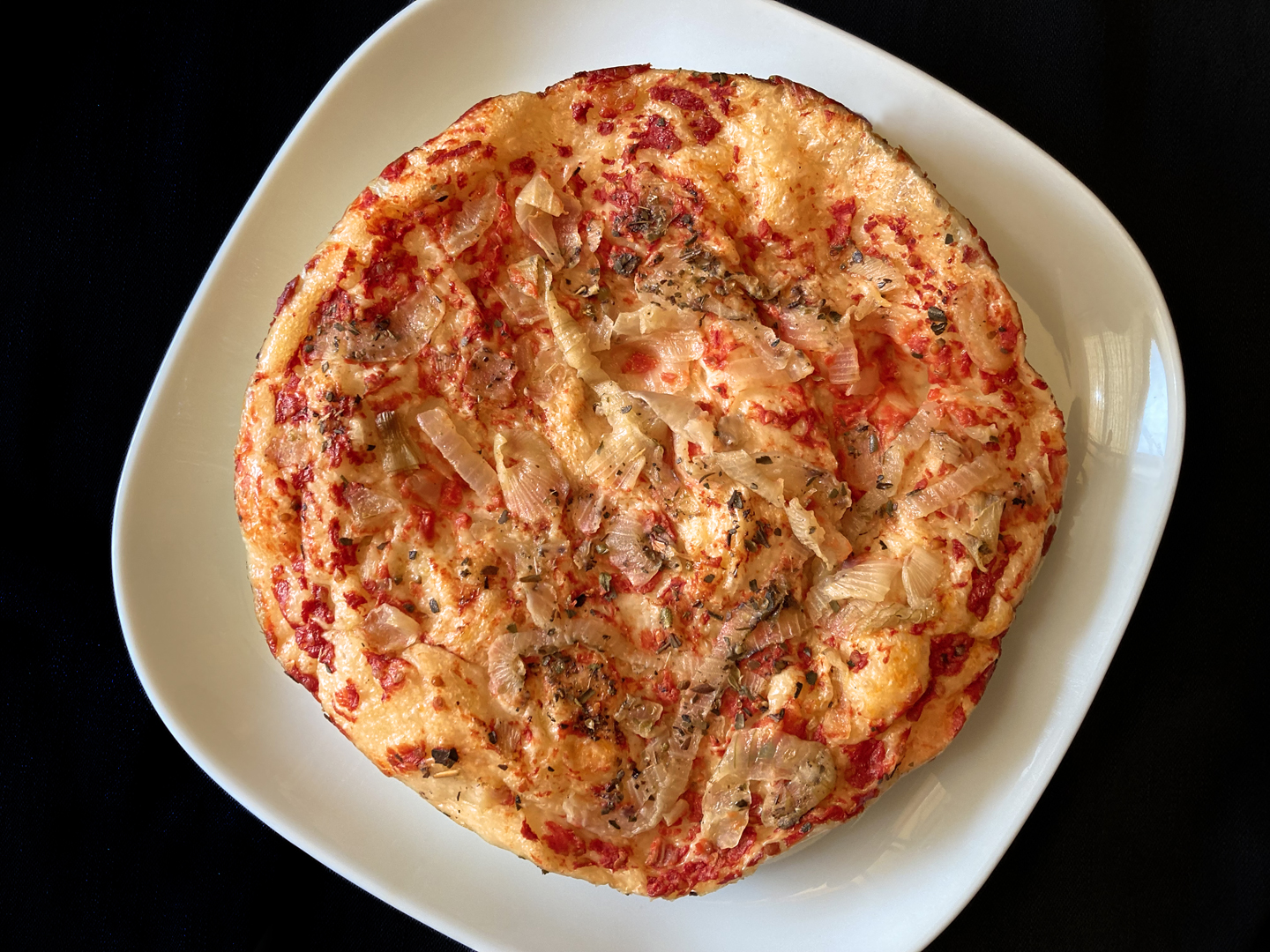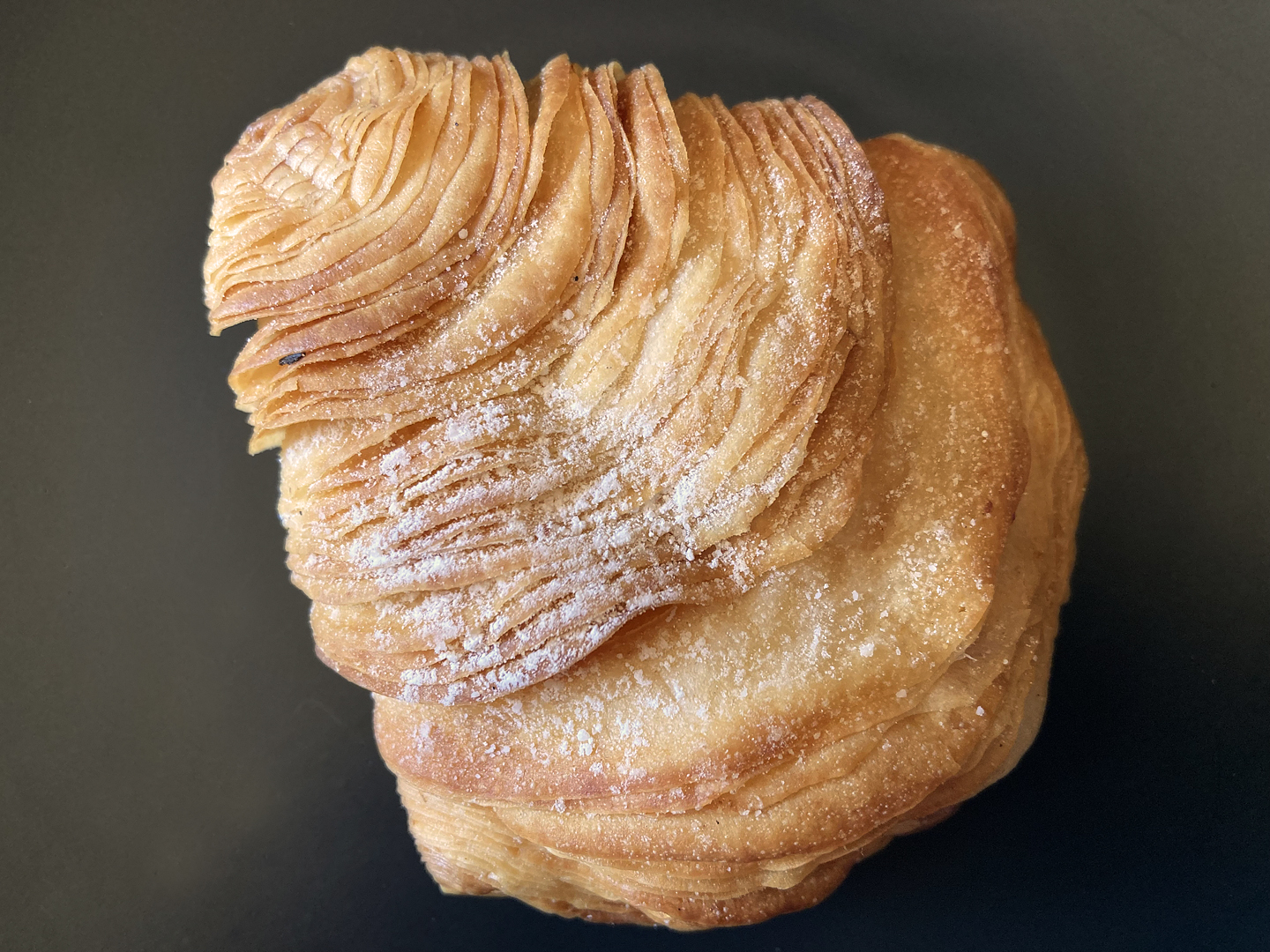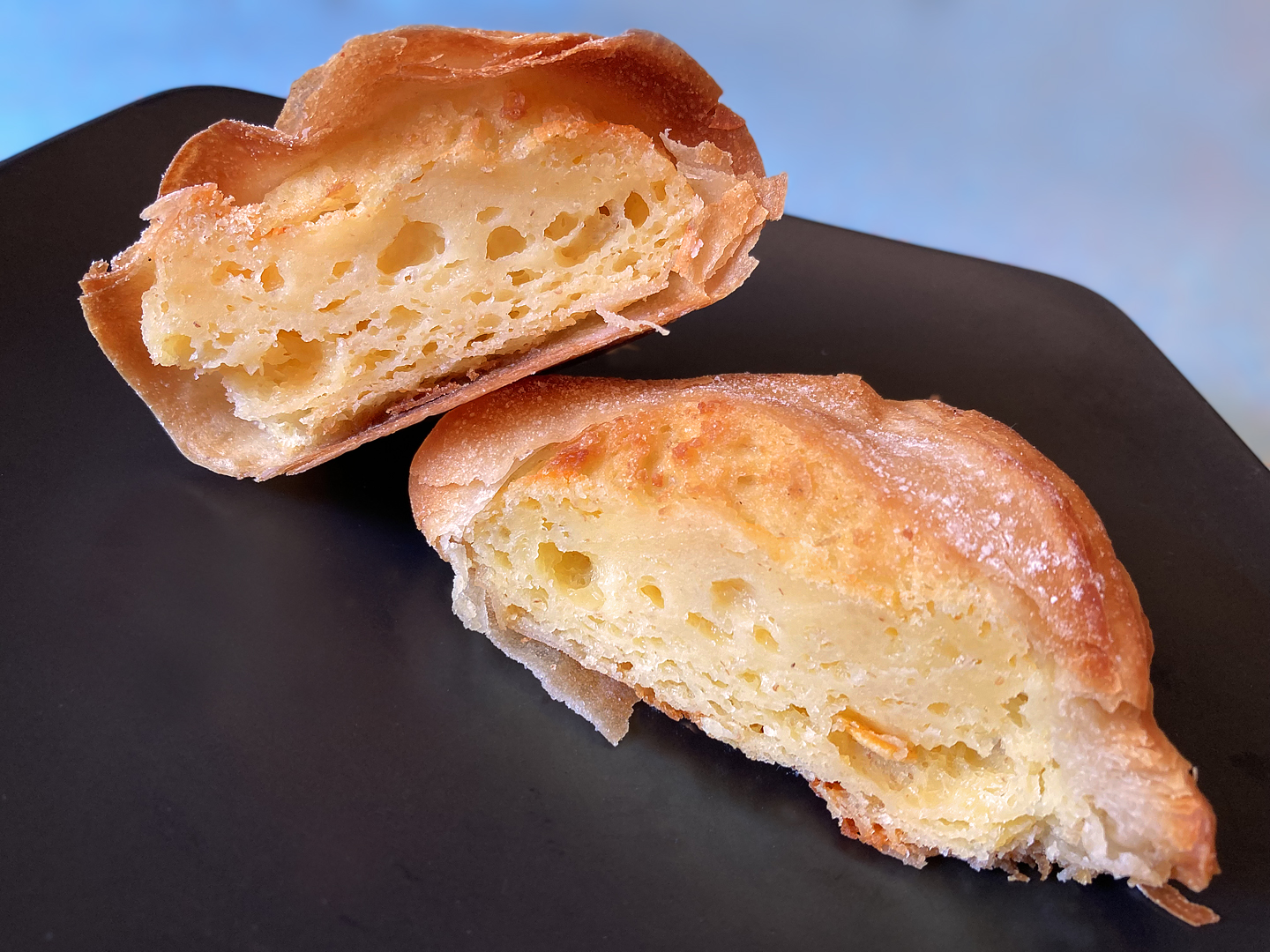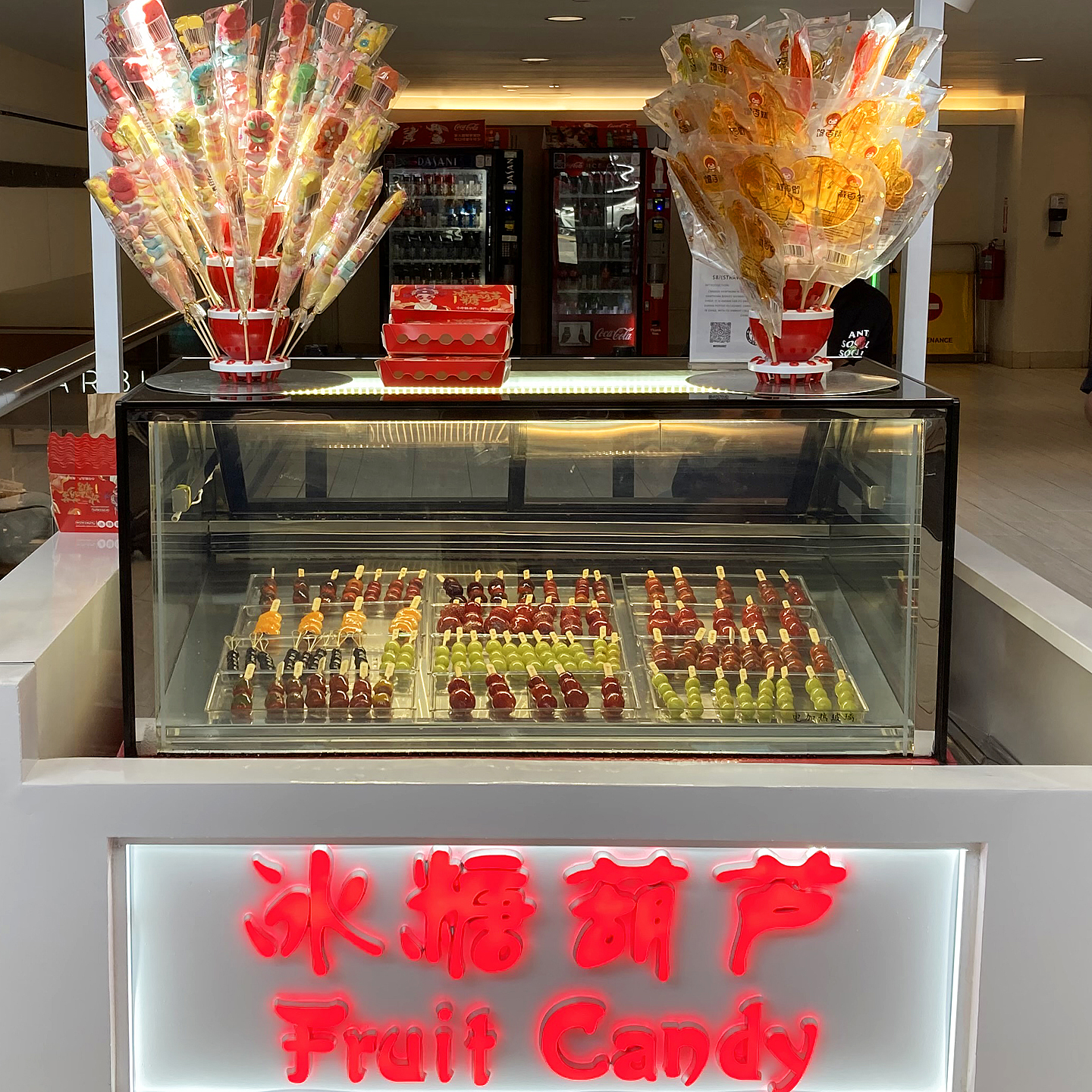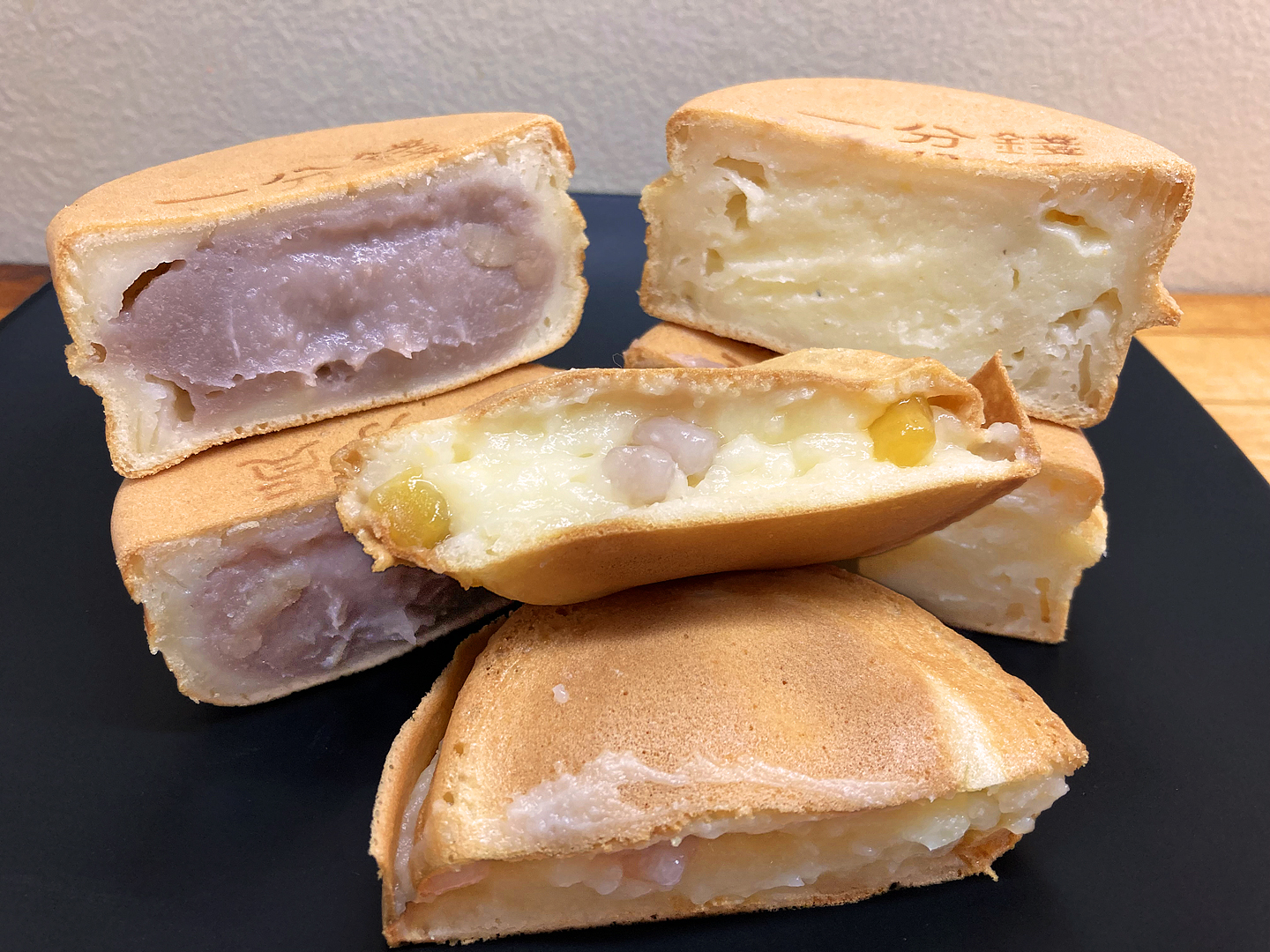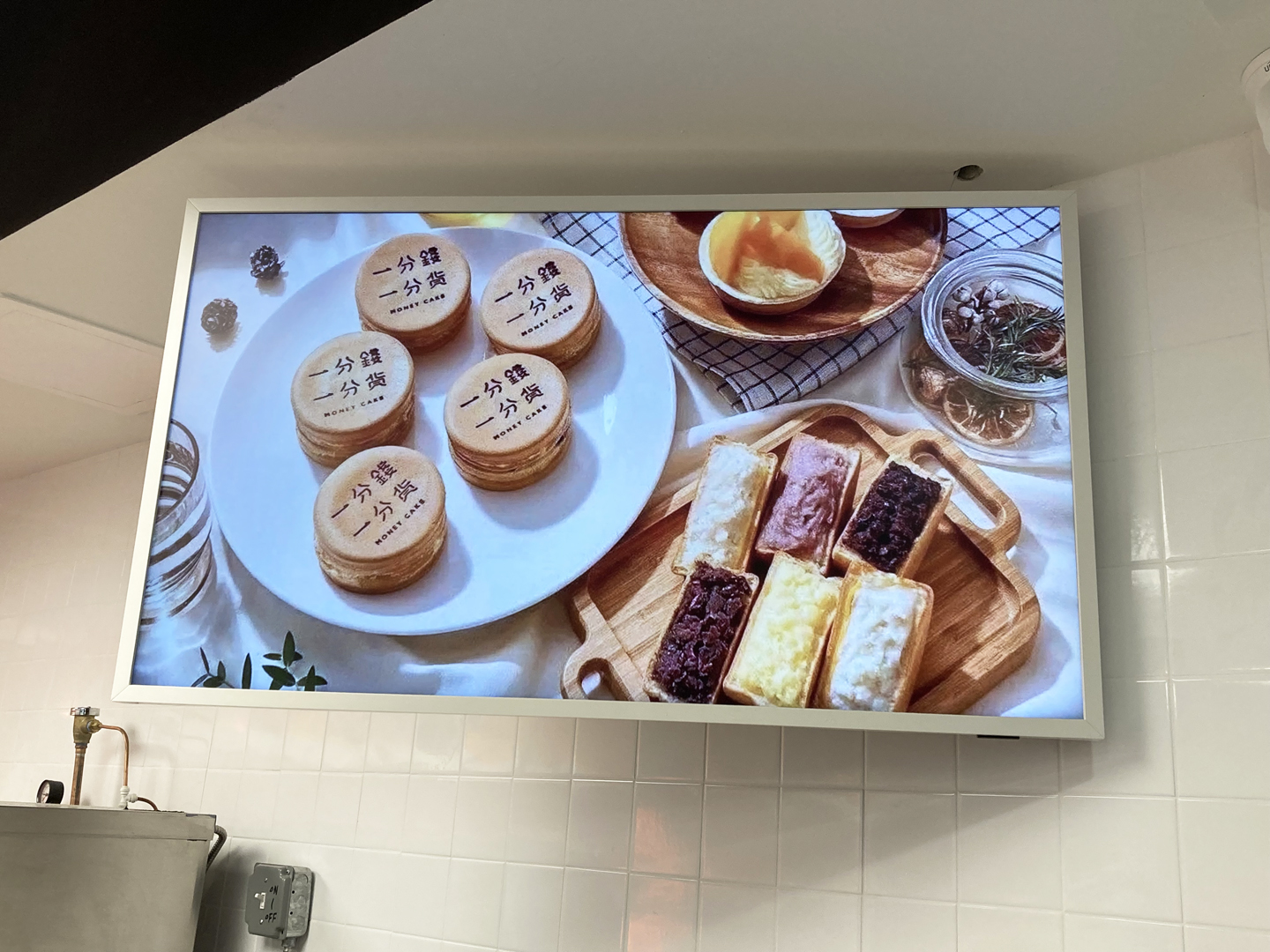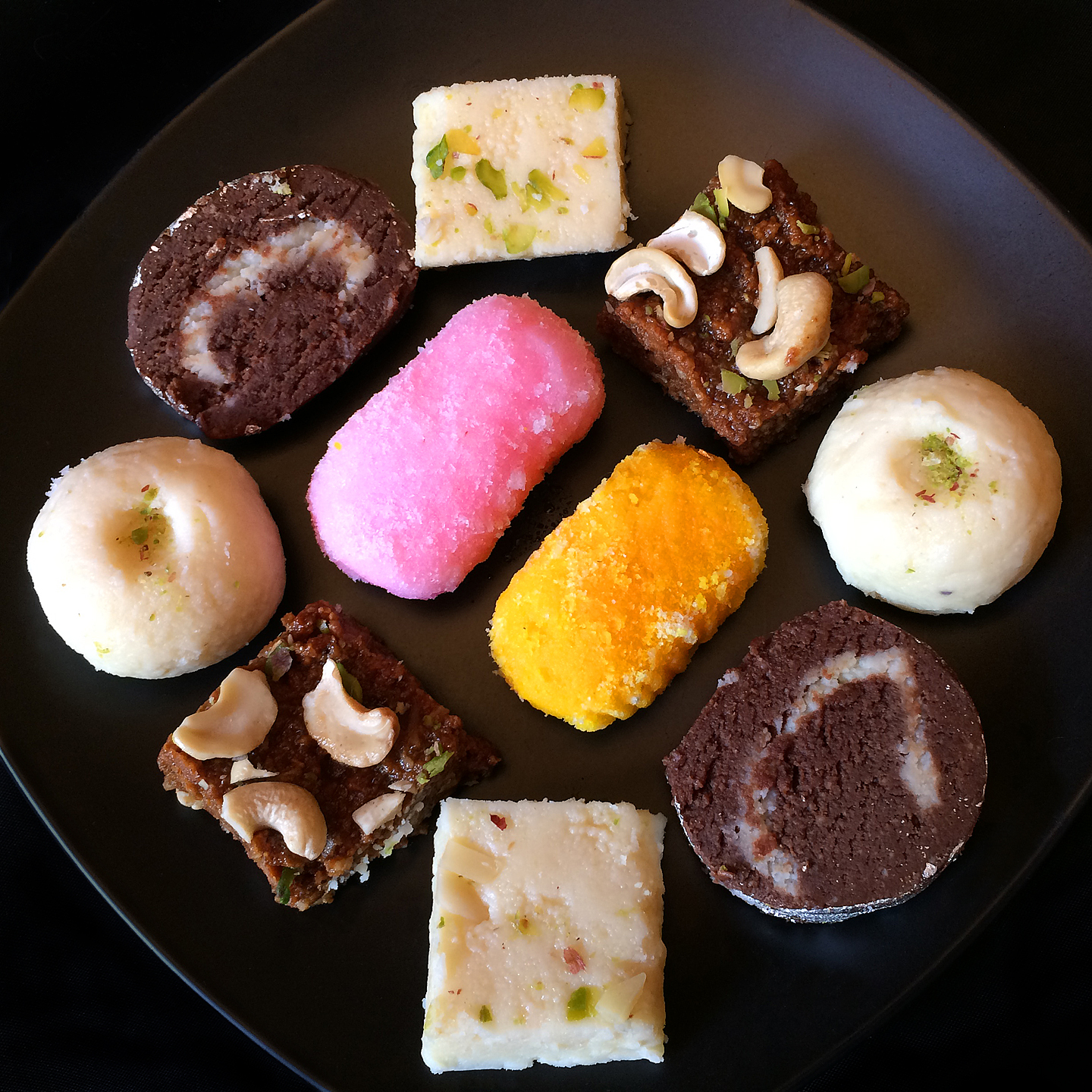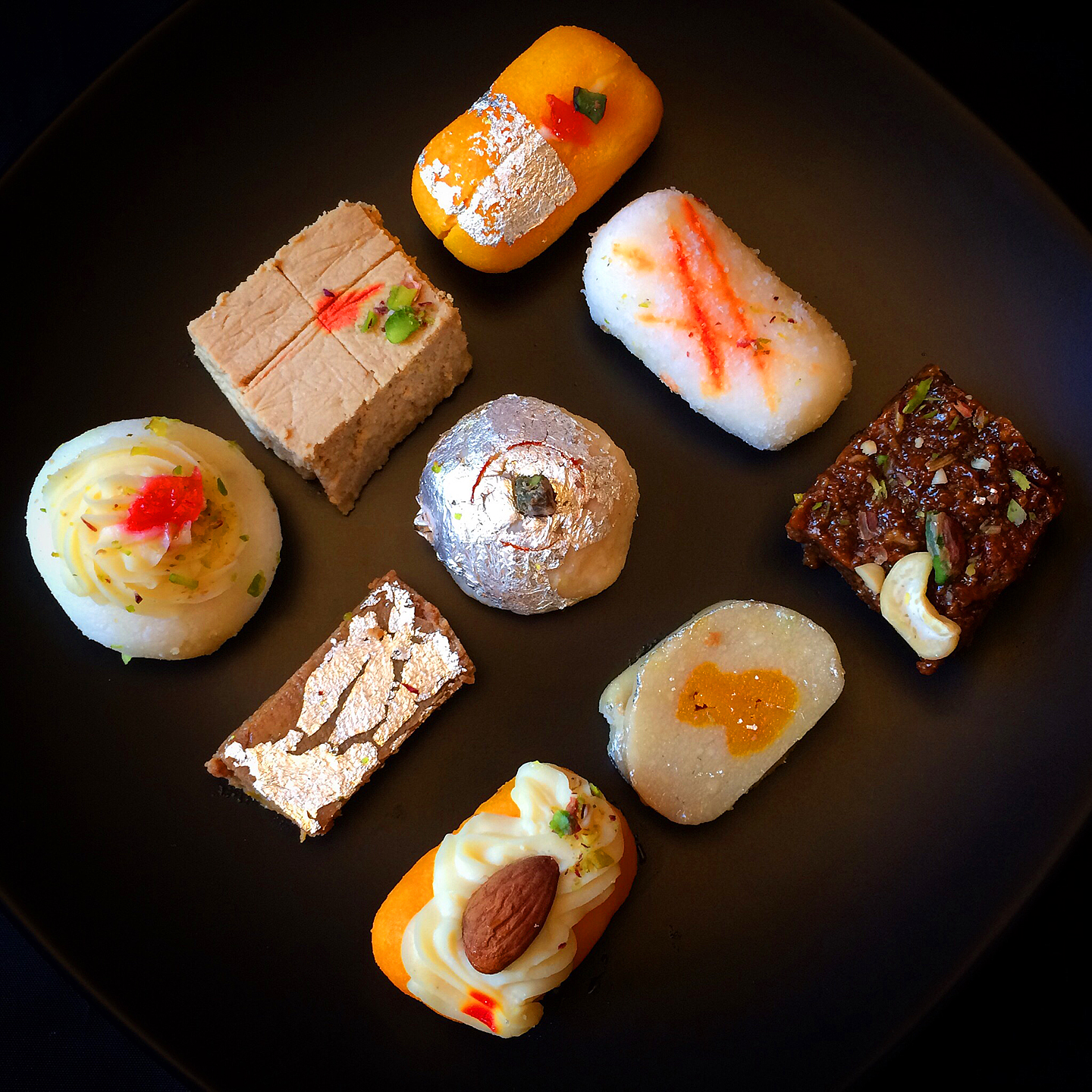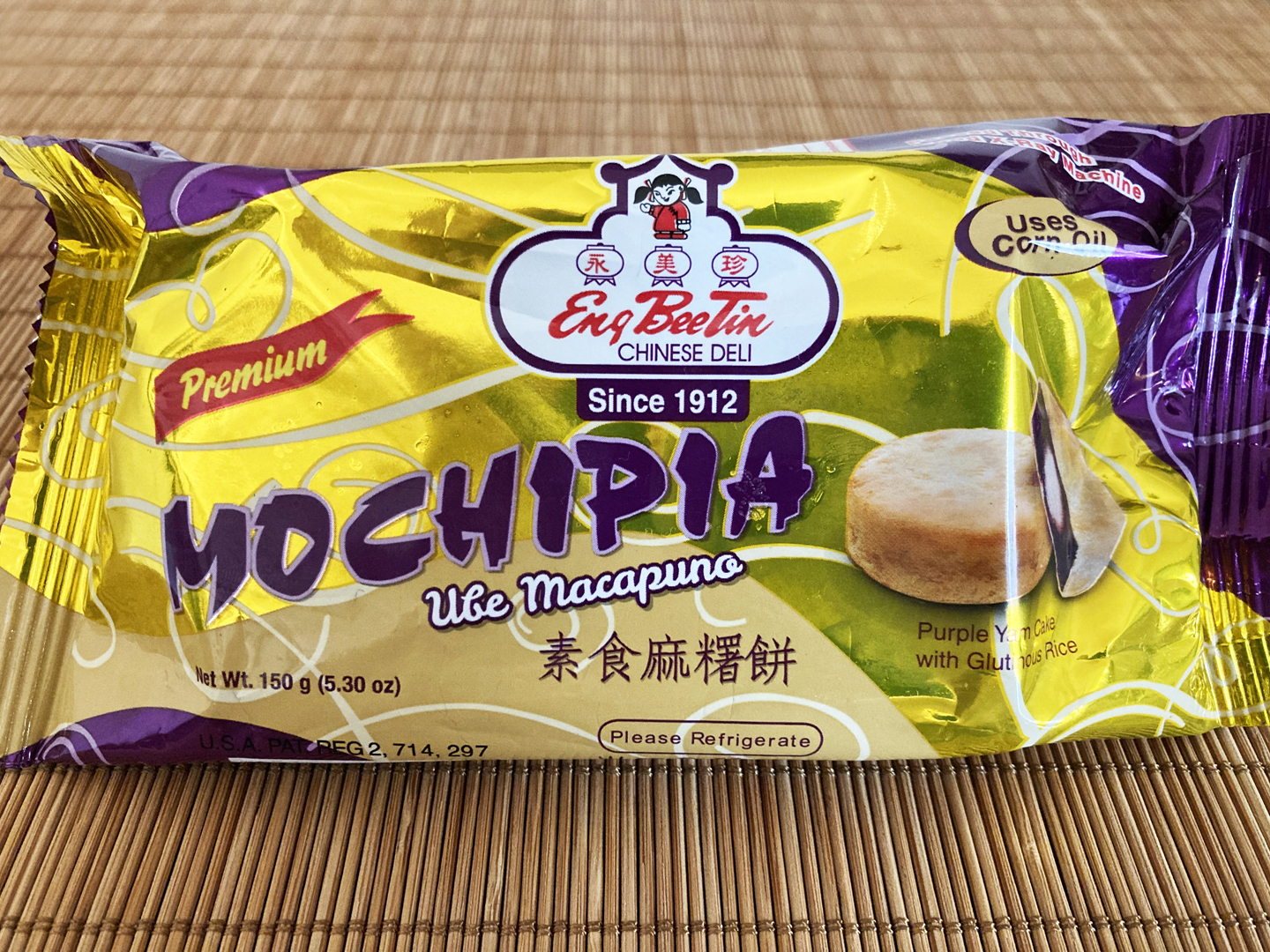(Click on any image to view it in high resolution.)

If you read me, you know that one of the ethnojunkets I offer is “Exploring Eastern European Food in Little Odessa,” named for the port city on the Black Sea in southern Ukraine. In the latter half of the last century, many Odessites who emigrated to the US came to Brooklyn’s Brighton Beach neighborhood, hence the name.
You also know that I developed a distinct section of my website dedicated to Ukraine and its cuisine after Russia’s invasion in February, 2022 – not their first.
If you’ve visited that corner of my website, you know that it’s dedicated to my friend Olya who lives in Ukraine and endures the consequences of the war on a daily basis. To me, Olya represents all the brave, stalwart, resilient, heroic, beautiful people of Ukraine. She knows that my heart is steadfastly with Ukraine.
And if you’ve explored my epic post about ethnic ice cream, you’ve read that Lasunka (Ласунка) is the leading brand of ice cream in Ukraine.
Now, why am I telling you all this?

Because if you knit all of these threads together, you’ll understand why I nearly broke into tears of joy when I discovered this ice cream product from Lasunka on my Little Odessa tour. Olya is undoubtedly familiar with the brand and I’m sure she’ll be pleased knowing that we have this very special treat in the US.
Naturally, I took these photos on Brighton Beach in Little Odessa.

